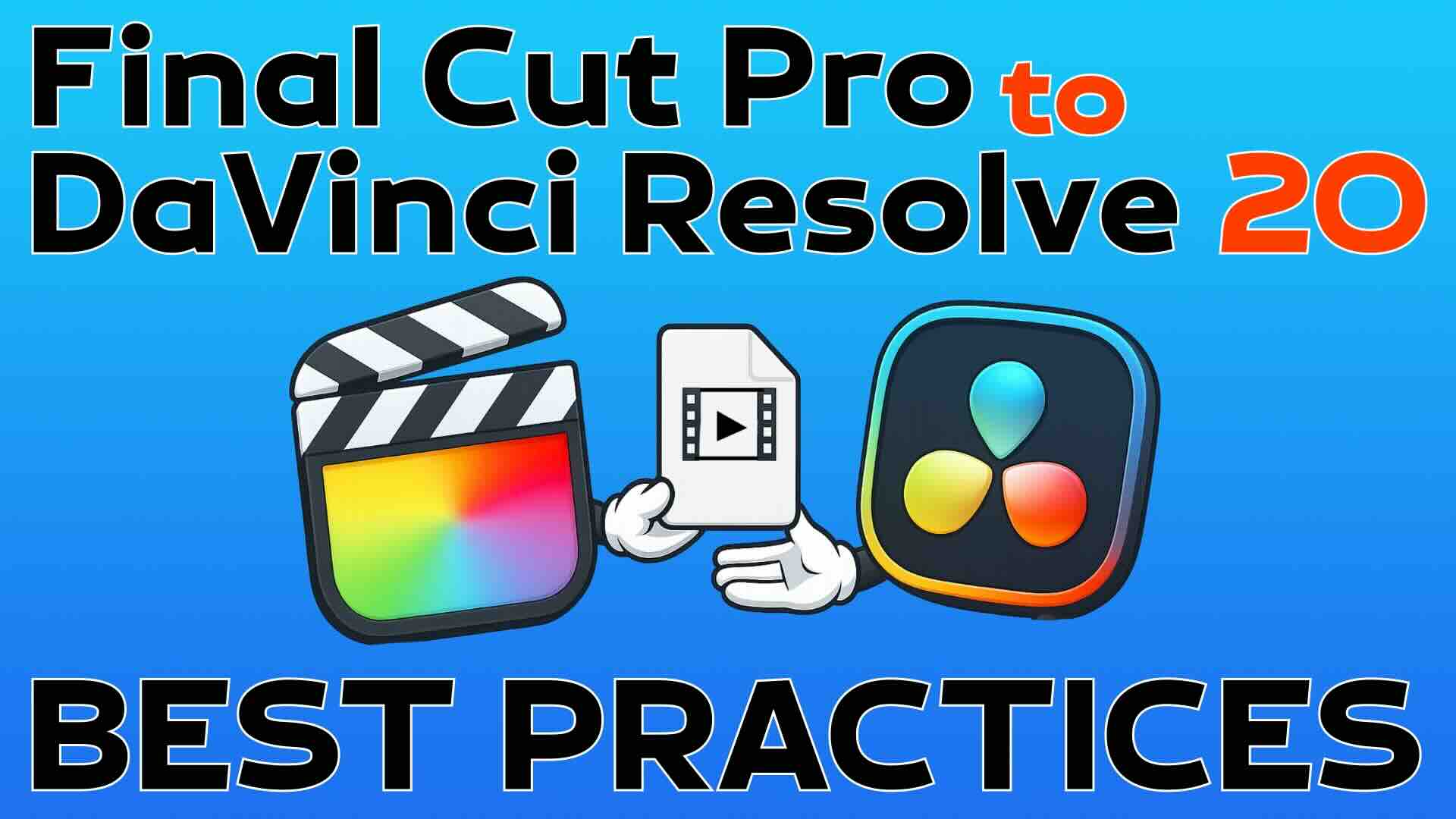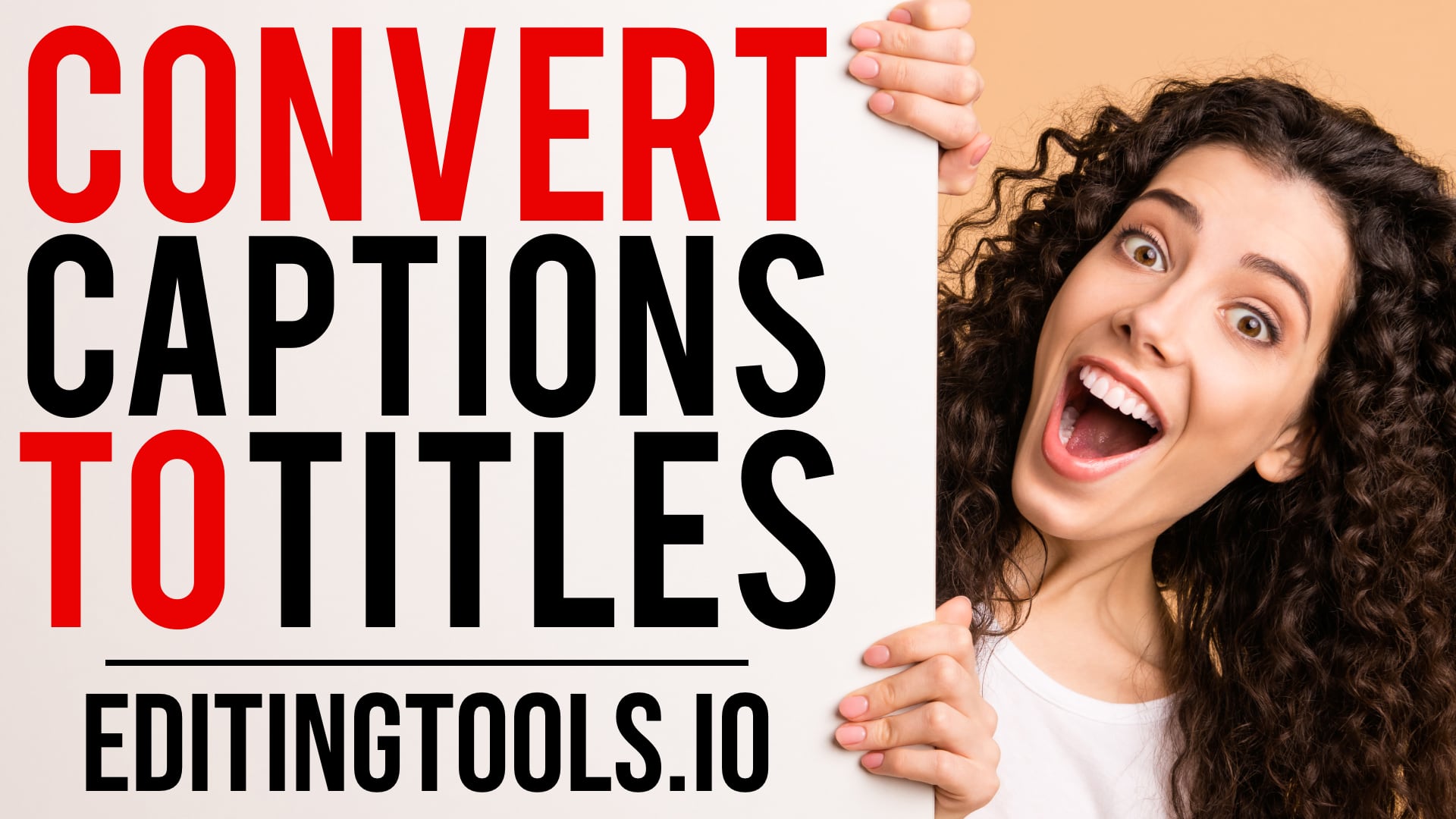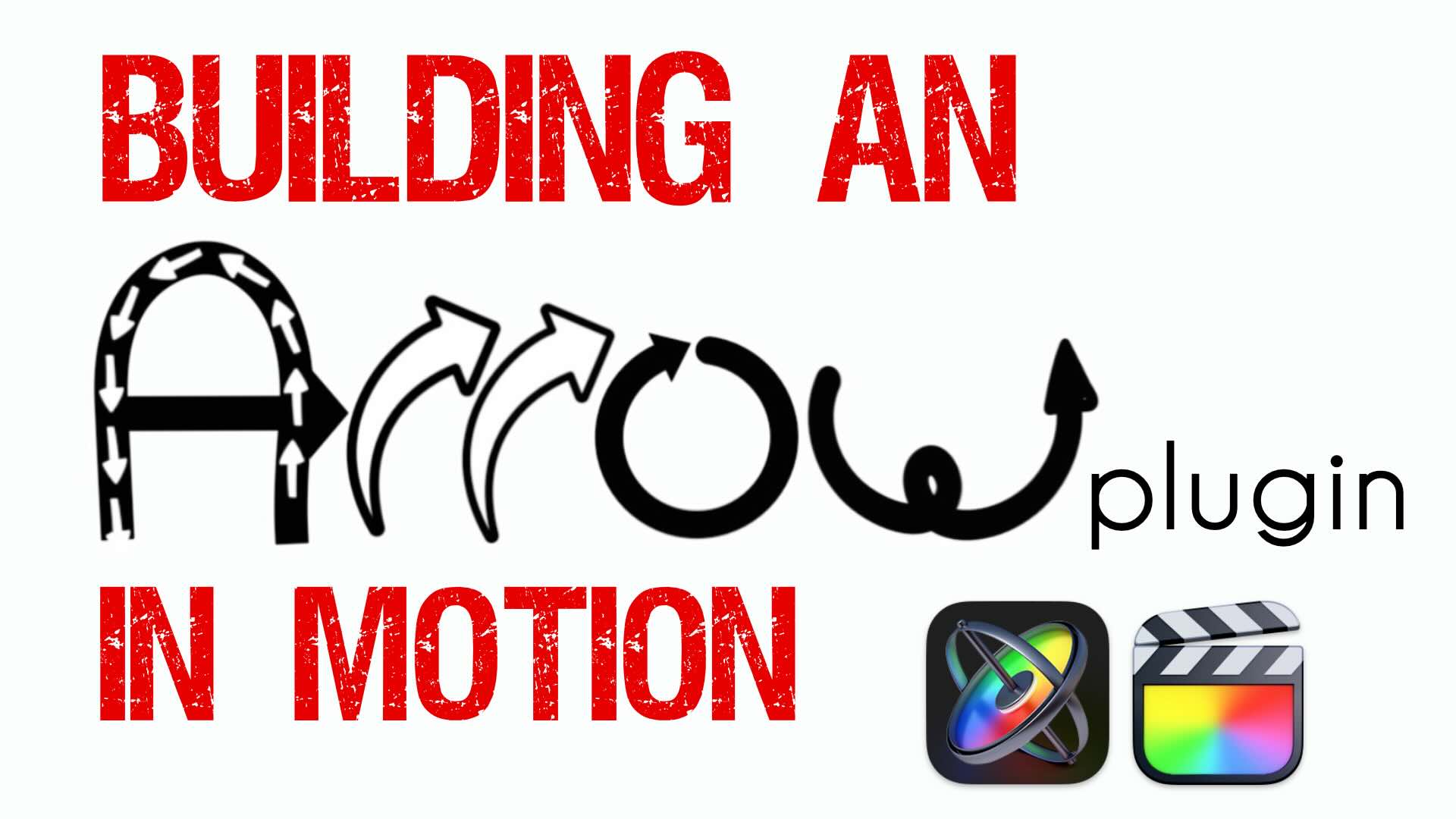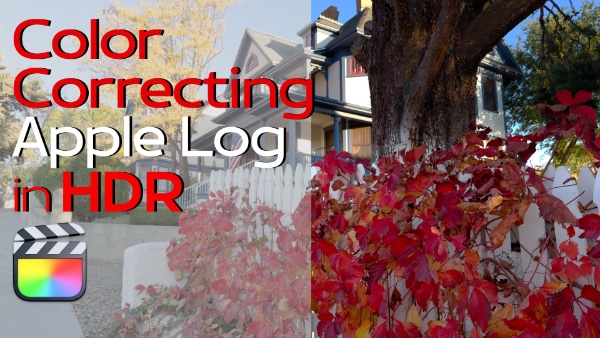Create a Template Greeting Card
Motion templates are fully customizable motion graphics that you can add to any project.
This week I’m going to show you how to create and deliver a personal animated greeting card in Final Cut Pro X.
Welcome to Final Cut Pro X in under 5 minutes. I’m Steve from rippletraining.com. Motion templates are a fast way to add motion graphics to your project. This week I’m going to show how to create an animated holiday greeting card.
If you want to follow along, I’ve provided a link in the description where you can download our free season’s greetings template that you can modify and share however you wish.
Assuming you’ve installed the template, it will appear in the Generators Browser in the Custom group. With an empty project open, select the Template, then press E to edit into the timeline. The template was designed for the 1080p format, so choose this option and your preferred frame rate.
Skimming over the template reveals an animated holiday tableau complete with an empty drop zone for adding any photo or video from your library. Press Command-4 to open the Inspector, then click the Generator button. With over 60 published parameters, you can create a completely customized greeting card.
Let’s start with the drop zone. Click into the drop zone well, then choose any photo or video clip from your event. A preview will appear in the image to the right. Click the Apply Clip button. Often when working with drop zones, you’ll need to resize or reposition the image within the frame.
In the Viewer, double-click the drop zone and something magical will happen:
A box with handles will appear showing you the full resolution of the image you are working with. Now simply drag a corner to scale it or click and drag anywhere on the image to reposition it. To make the onscreen controls go away, click anywhere on the clip, then off of it.
Let’s look at some more customization options. To change the text double-click it, and type our your salutation. Click the Text button to change the Font and the size. Back in the Generator pane, I’ll disable the tree branch, and enable the stack of Christmas presents. I’ll then drag the X-value hot scrubbers to move them over just a bit….
You can also change the look of the decorations around the drop zone. For example, I’ll change the bow color from red to green. Also, I’m not too keen on frosty background, so I’ll turn it off, then use the Gradient controls to give the scene a midnight blue vibe. Let’s play it back..
Not bad, but I want to start close on the image, then pull out to reveal the entire scene. Move the playhead to just before the decorations appear in the frame, then press M to set a marker.
Click the video button and set a keyframe for scale and anchor point. Move the playhead to the beginning of the timeline. In order to see the anchor point change I’m about to make, press Shift-T to turn on the transform controls.
Notice as I adjust the scale parameter, the image scales around the anchor point which is in the center of the frame. I want the image to scale around the photo. Using the Anchor point X and Y-value scrubbers, I’ll reposition the anchor point over my face.
Now whenever I adjust scale or rotation, these adjustments will happen around the new anchor point location. I’ll enter 200 percent for the scale. Notice keyframe for both scale and the new anchor point location were automatically created. Let’s see how that looks.
Animating the anchor point is often faster and more accurate then animating the position properties. As a final touch, let’s add some music. Templates cannot be published from Motion with music, so you’ll need to import your own. One of my favorite sites for purchasing music is audiojungle.net. Their stable of composers are very good and prices are very reasonable.
Here’s a Christmas track I downloaded for only 11 bucks. I’ll connect it to my template, then trim the tail to match the music duration. You’re now ready to share your video greeting card to your favorite social media platform.
If you want to follow along, I’ve provided a link in the description where you can download our free season’s greetings template that you can modify and share however you wish.
Assuming you’ve installed the template, it will appear in the Generators Browser in the Custom group. With an empty project open, select the Template, then press E to edit into the timeline. The template was designed for the 1080p format, so choose this option and your preferred frame rate.
Skimming over the template reveals an animated holiday tableau complete with an empty drop zone for adding any photo or video from your library. Press Command-4 to open the Inspector, then click the Generator button. With over 60 published parameters, you can create a completely customized greeting card.
Let’s start with the drop zone. Click into the drop zone well, then choose any photo or video clip from your event. A preview will appear in the image to the right. Click the Apply Clip button. Often when working with drop zones, you’ll need to resize or reposition the image within the frame.
In the Viewer, double-click the drop zone and something magical will happen:
A box with handles will appear showing you the full resolution of the image you are working with. Now simply drag a corner to scale it or click and drag anywhere on the image to reposition it. To make the onscreen controls go away, click anywhere on the clip, then off of it.
Let’s look at some more customization options. To change the text double-click it, and type our your salutation. Click the Text button to change the Font and the size. Back in the Generator pane, I’ll disable the tree branch, and enable the stack of Christmas presents. I’ll then drag the X-value hot scrubbers to move them over just a bit….
You can also change the look of the decorations around the drop zone. For example, I’ll change the bow color from red to green. Also, I’m not too keen on frosty background, so I’ll turn it off, then use the Gradient controls to give the scene a midnight blue vibe. Let’s play it back..
Not bad, but I want to start close on the image, then pull out to reveal the entire scene. Move the playhead to just before the decorations appear in the frame, then press M to set a marker.
Click the video button and set a keyframe for scale and anchor point. Move the playhead to the beginning of the timeline. In order to see the anchor point change I’m about to make, press Shift-T to turn on the transform controls.
Notice as I adjust the scale parameter, the image scales around the anchor point which is in the center of the frame. I want the image to scale around the photo. Using the Anchor point X and Y-value scrubbers, I’ll reposition the anchor point over my face.
Now whenever I adjust scale or rotation, these adjustments will happen around the new anchor point location. I’ll enter 200 percent for the scale. Notice keyframe for both scale and the new anchor point location were automatically created. Let’s see how that looks.
Animating the anchor point is often faster and more accurate then animating the position properties. As a final touch, let’s add some music. Templates cannot be published from Motion with music, so you’ll need to import your own. One of my favorite sites for purchasing music is audiojungle.net. Their stable of composers are very good and prices are very reasonable.
Here’s a Christmas track I downloaded for only 11 bucks. I’ll connect it to my template, then trim the tail to match the music duration. You’re now ready to share your video greeting card to your favorite social media platform.





